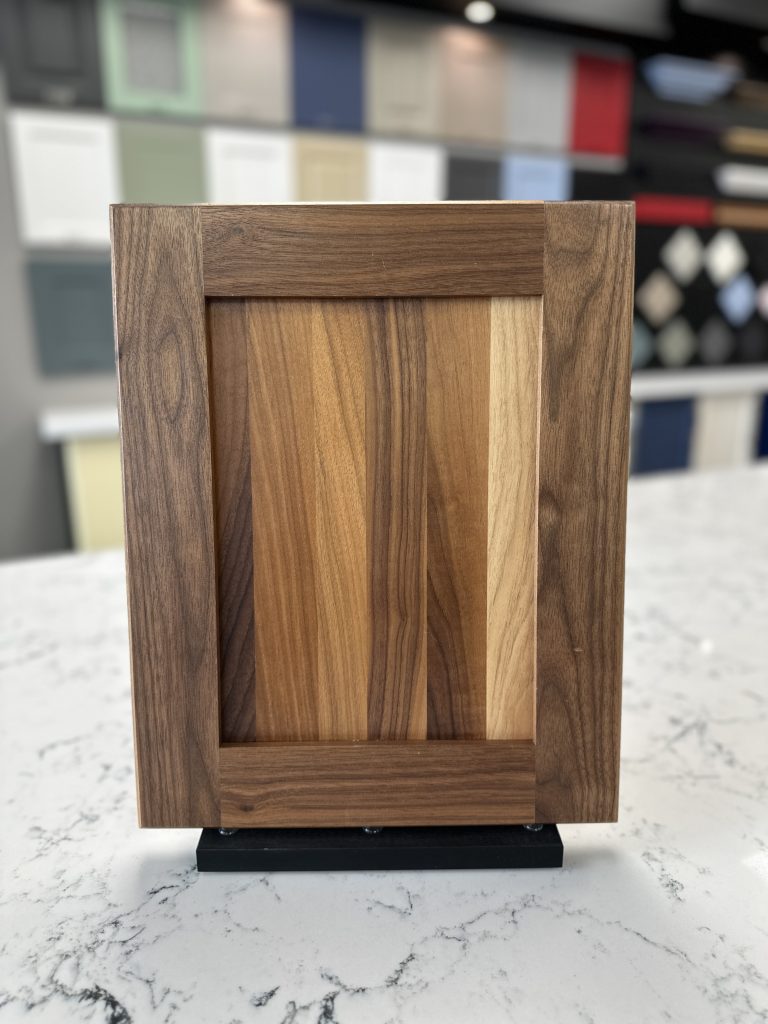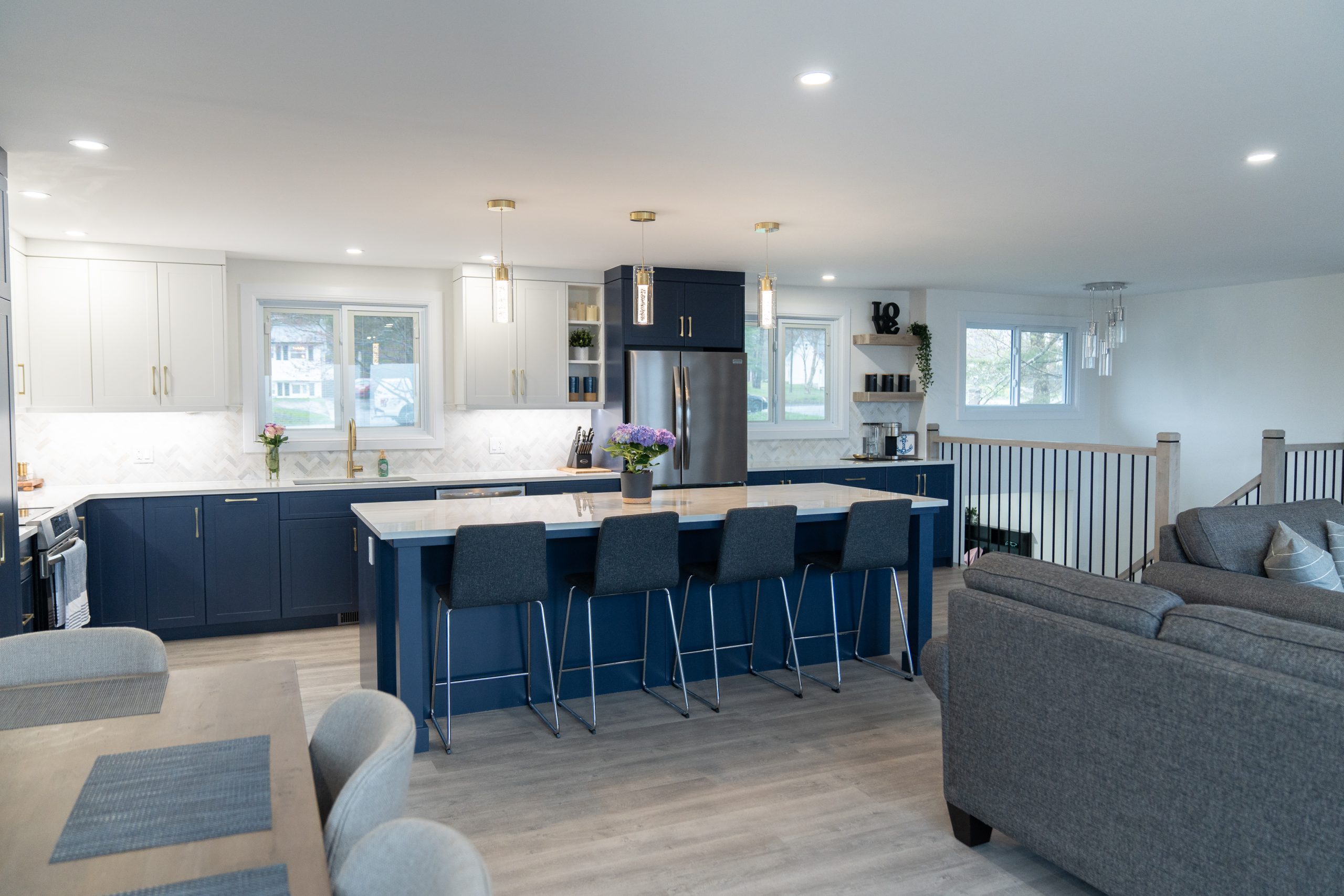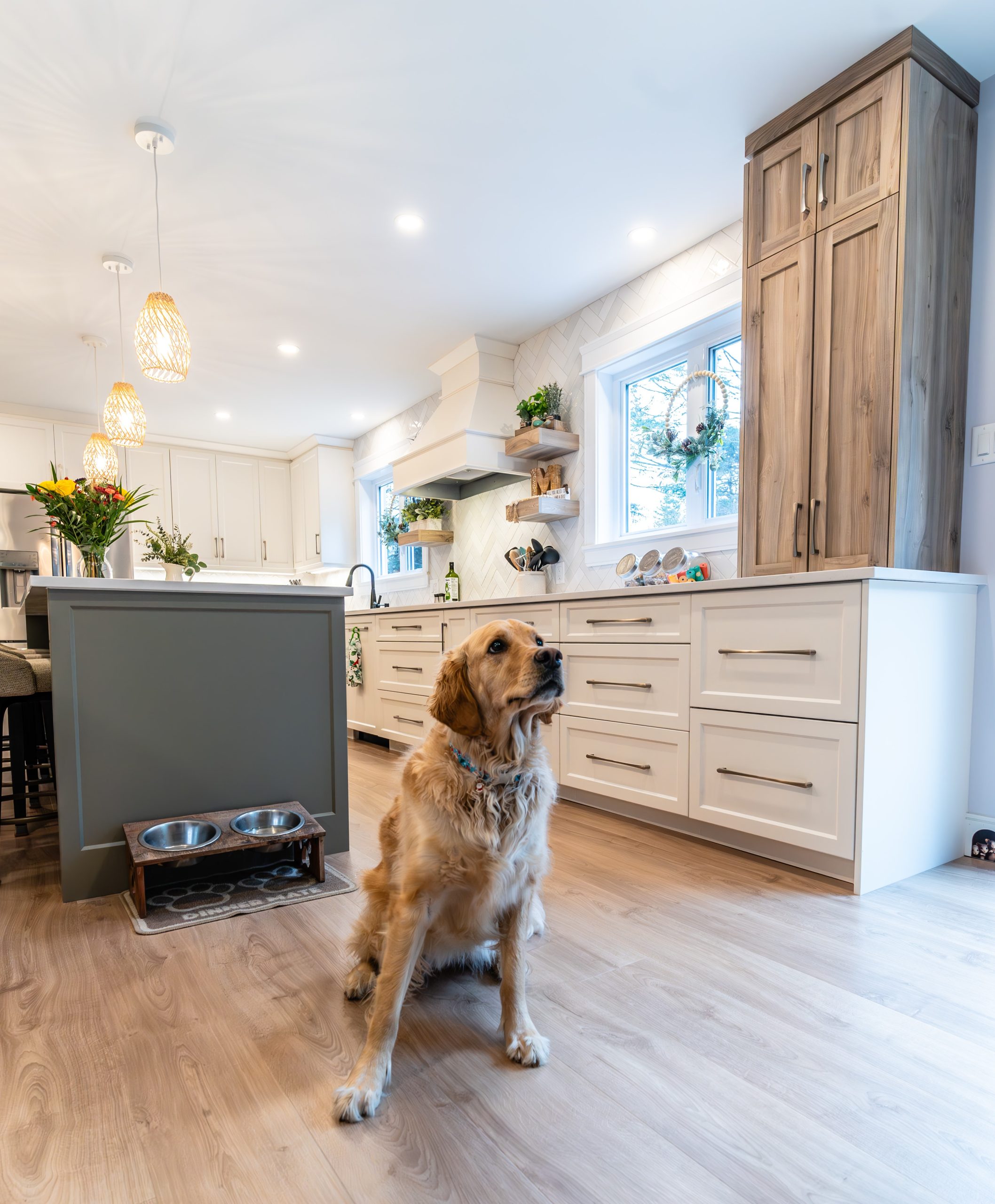When it comes to choosing kitchen cabinets, one of the most important decisions you’ll make is the type of material used for the doors. Among the myriad of options available, real wood stands out as a timeless and elegant choice. However, like any natural material, real wood comes with its unique set of advantages and imperfections. This article explores both sides, celebrating the inherent beauty of real wood kitchen cabinet doors while acknowledging the quirks that make them unique.
The Beauty of Real Wood
Timeless Aesthetics: Real wood exudes a classic charm that synthetic materials often struggle to replicate. The rich, warm tones and intricate grain patterns can add a sense of depth and character to any kitchen. Whether you prefer the rustic appeal of knotty pine, the sophisticated elegance of walnut, or the clean, modern look of maple, there’s a wood species to match every style.

Natural Variation: Each piece of wood is unique, with its own distinct color variations, knots, and grain patterns. This natural diversity means that no two cabinet doors will look exactly alike, adding a bespoke quality to your kitchen. The individual characteristics of each door create a cohesive yet varied look that synthetic materials cannot match.
Durability and Longevity: Real wood is renowned for its durability. With proper care, wood cabinets can last for decades, resisting wear and tear better than many man-made materials. They can also be refinished or repainted over time, allowing you to refresh the look of your kitchen without the need for a complete remodel.

The Imperfections of Real Wood
Susceptibility to Damage: Despite its durability, real wood is not impervious to damage. It can be prone to scratches, dents, and stains, especially in a high-traffic area like the kitchen. However, these imperfections can often be repaired or sanded out, and some homeowners even appreciate the added character that minor wear and tear can bring.
Moisture Sensitivity: Wood is hygroscopic, meaning it absorbs and releases moisture from the environment. This can cause wood to expand and contract, potentially leading to warping, cracking, or splitting. To mitigate this, it’s important to maintain a stable humidity level in your kitchen and to ensure that wood cabinets are properly sealed and finished.
Color Changes Over Time: Exposure to light can cause real wood to change color over time. While this can add to the charm and patina of the wood, it might not be desirable for everyone. For instance, cherry wood tends to darken with age, while some lighter woods may yellow. Understanding and anticipating these changes can help you make an informed decision.
Higher Cost: Real wood cabinets are often more expensive than their synthetic counterparts. The cost can vary significantly depending on the type of wood, the complexity of the design, and the quality of craftsmanship. However, many homeowners consider this a worthwhile investment for the beauty and longevity that real wood offers.
Different applications: Within every kitchen design, there is often a combination of solid wood and veneered panels. For example, a shaker door can have solid wood in the frame with a plywood center panel, making the door much more stable. Veneer and solid wood, however, can absorb stain and reflect light differently adding more variation.

Conclusion
Real wood kitchens are a beautiful and enduring choice that can elevate the aesthetic of any home. Their natural variations, durability, and timeless appeal make them a favorite among homeowners and designers alike. However, it’s essential to embrace the inherent imperfections that come with real wood modified by human hands. These quirks are part of what makes wood unique and can add character and warmth to your kitchen. By understanding and appreciating both the beauty and imperfections of real wood, you can make a more informed decision and create a kitchen that truly reflects your style and matches your expectations.





